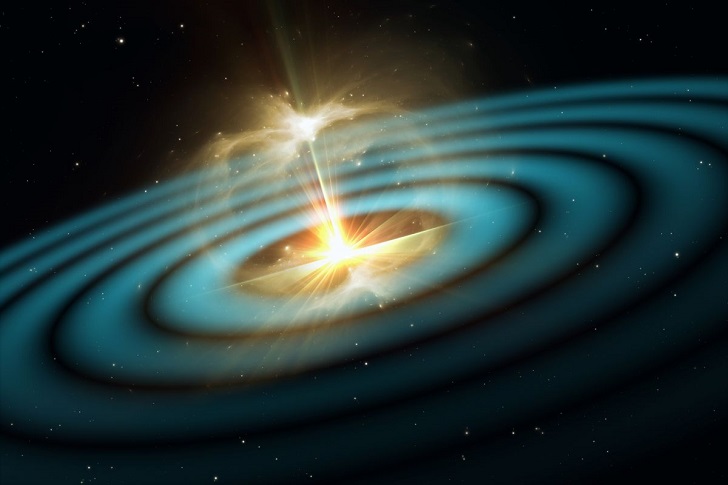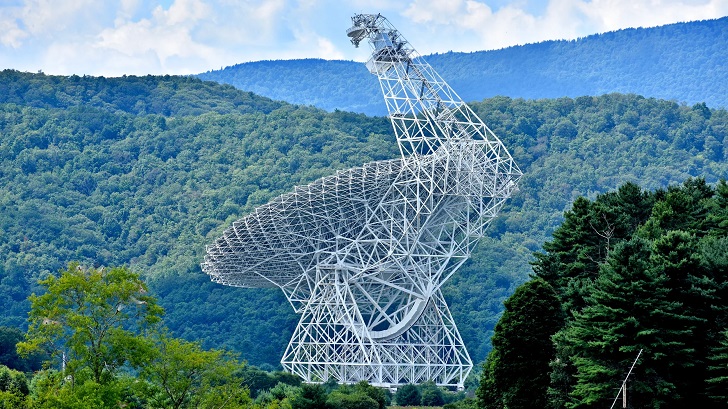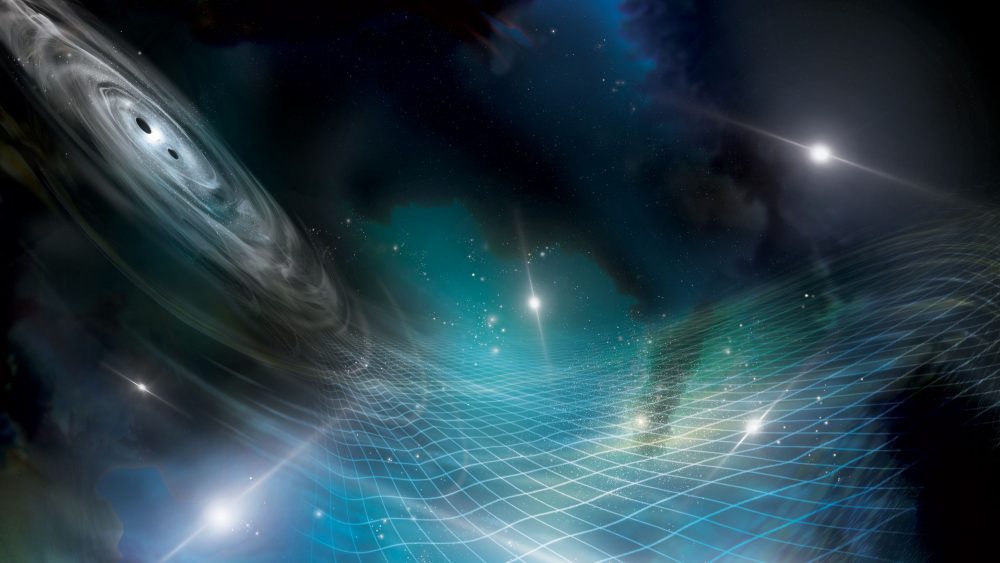Modern physics has been revolutionized with the recent confirmation of one of the most elusive phenomena in the universe - Gravitational Waves. The North American Nanohertz Observatory has finally managed to detect these cosmic ripples that have been perplexing scientists for decades.
The discovery of these waves has not only proven Einstein's theory of general relativity but also opened up a new avenue for exploring the universe. In this article, we'll explore what gravitational waves are, how they were detected, and why they are so important.

Shutterstock/ Livescience | The discovery of gravitational waves has been a monumental achievement for modern science
Understanding Gravitational Waves
To understand what gravitational waves are, we first need to know that space and time are interconnected and form a fabric called "space-time." The fabric is very flexible, and anything that moves, such as stars or planets, can create waves that ripple through space-time. These ripples are gravitational waves.
These are typically produced by massive events like explosions, impacts, and the merging of massive objects like black holes or neutron stars. Gravitational waves come in two types, high-frequency and low-frequency. High-frequency waves are generated by more extreme events, like merging neutron stars.
On the other hand, low-frequency waves are created by slow-moving, massive objects such as black holes orbiting one another. The detection of low-frequency gravitational waves is challenging because they produce very small waves and can take several years or even decades to detect.

Jim Hoover/ Getty | The NANOGrav is a consortium of astronomers who share a common goal of detecting gravitational waves via regular observations of an ensemble of millisecond pulsars
The Role of Nanohertz Observatory's Research
The research for detecting gravitational waves involves creating telescopes so sensitive that they can detect very faint waves traveling through space-time. This is why the North American Nanohertz Observatory for Gravitational Waves Physics Frontiers Center spent 15 long years studying and detecting these waves.
They used a technique called pulsar timing to detect low-frequency gravitational waves. This method involved observing the timing of specific sources of radio waves called pulsars and monitoring them with the observatory's telescopes.
This research was very significant because it validated the existence of these long-sought-after waves and provided us with information about the universe that wasn't previously available. It also enabled astronomers to study the universe in a different way, using gravitational waves instead of light radiation.
The comparison with the initial detection of gravitational waves by LIGO in 2016 reveals that low-frequency gravitational waves detected by the Nanohertz Observatory provide a new dimension in studying the cosmos.

JACKIE APPEL/ Nanograv | Gravitational waves are generated by astronomically dense objects in our universe
The Implications of Gravitational Waves
The discovery of gravitational waves has opened up new avenues of research in a variety of fields, such as astrophysics, cosmology, and gravitational wave astronomy. These fields will allow scientists to study phenomena that previously have been impossible or difficult to observe.
The study of cosmic background hum generated by low-frequency gravitational waves could help us understand how the universe began and provide us with insight into the nature of dark matter. Gravitational wave research could also lead to a new way of observing the universe in addition to traditional telescopic methods.
It may be possible to use gravitational waves to study the early stages of the universe near the Big Bang. These waves could reveal details about the universe in its infancy that were previously unknown. The possibilities of gravitational wave research are endless, and we haven't even scratched the surface yet.








